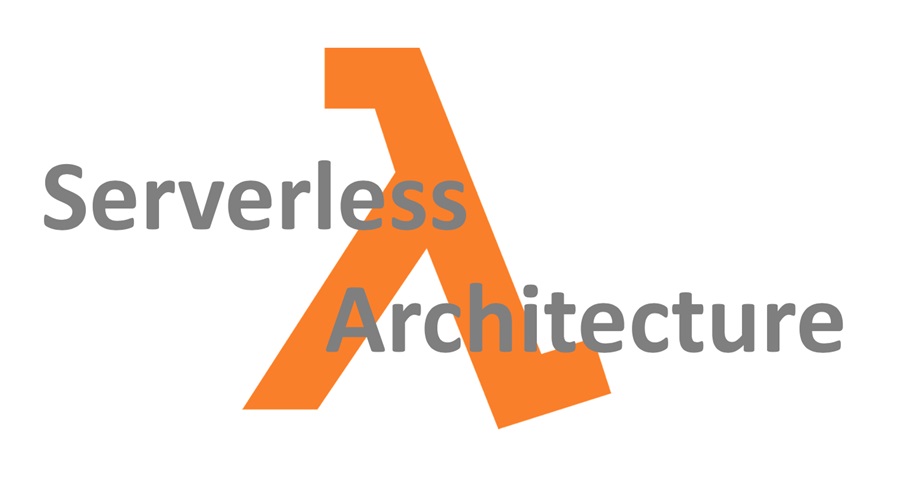
Serverless Architecture: Advancements and Benefits by 2024
Since its rising popularity, serverless architecture has continued to evolve, becoming an even more integral part of modern application development by 2024. Companies like Amazon Web Services (AWS) Lambda, Google Cloud Operations, and Microsoft Azure Functions have further refined their offerings, making serverless technology more efficient and accessible.
Focus on Core Services
One of the main benefits of serverless architecture that remains true in 2024 is its ability to allow companies to focus on their core services. By outsourcing server management to specialized providers, companies can concentrate on developing and improving their applications and services. This focus on core competencies has led to innovations and advancements in various sectors.Enhanced Energy Efficiency
Serverless architecture continues to be an energy-efficient option, with advancements in technology making it even more cost-effective. The reduced need for physical hardware and the ability to scale resources on demand has significantly lowered energy consumption, reducing operational costs and contributing to a greener environment.Environmentally Friendly Approach
In line with global efforts to reduce carbon footprints, serverless architecture plays a significant role. By 2024, its impact on reducing resource usage and promoting sustainability has become more pronounced, making it a preferred choice for environmentally conscious organizations.Scalability and Flexibility
Serverless architecture's scalability has seen significant improvements by 2024. The ability to adjust server capacity in real-time and handle varying loads effortlessly has made serverless solutions highly attractive for businesses experiencing rapid growth or fluctuating demand.Cost-Effective and Optimized Resource Utilization
The pay-for-value model of serverless architecture remains one of its most appealing benefits. Organizations continue to save on hardware resources and operational costs by only paying for the server space and computing power they use. This approach has led to more efficient resource utilization and cost savings.Integration with Emerging Technologies
By 2024, serverless architecture will seen integration with emerging technologies like AI and machine learning, enhancing the capabilities of applications and services. This integration has led to more intelligent and responsive systems, capable of handling complex tasks with greater efficiency.Security and Compliance Enhancements
Security in serverless environments has been a focal point of development. Providers have implemented advanced security protocols and compliance measures, making serverless architectures more secure and reliable. These enhancements address concerns related to data privacy and regulatory compliance.Market Growth and Future Potential
As forecasted by Zion Market Research, the serverless architecture market has experienced substantial growth, surpassing previous expectations. Its versatility and the advantages it offers continue to drive its adoption across various industries.In conclusion, serverless architecture in 2024 has not only sustained its growth trajectory but has also adapted to new technological advancements, making it more efficient, scalable, and environmentally friendly. The continued evolution of this technology indicates its potential to remain a critical component of IT strategies for businesses seeking agility and innovation in their digital transformation journeys.



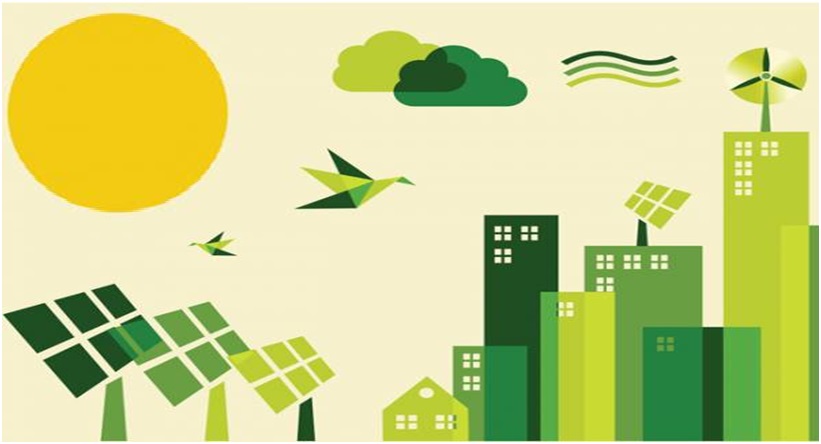

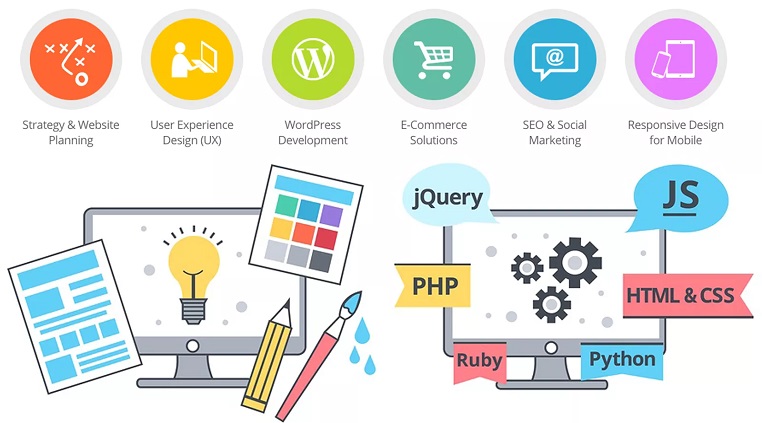

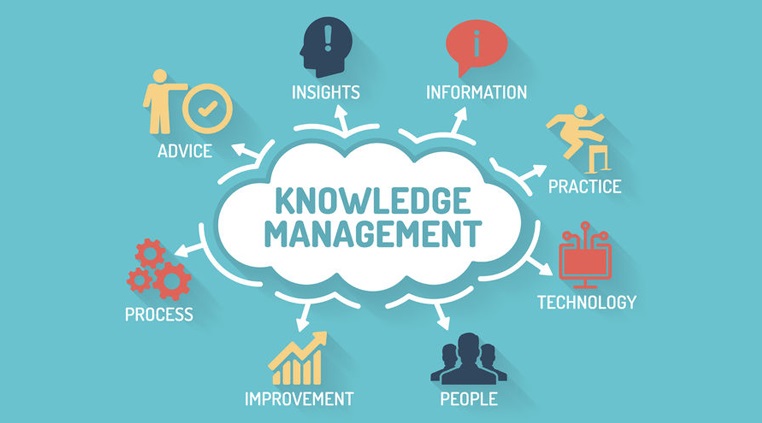

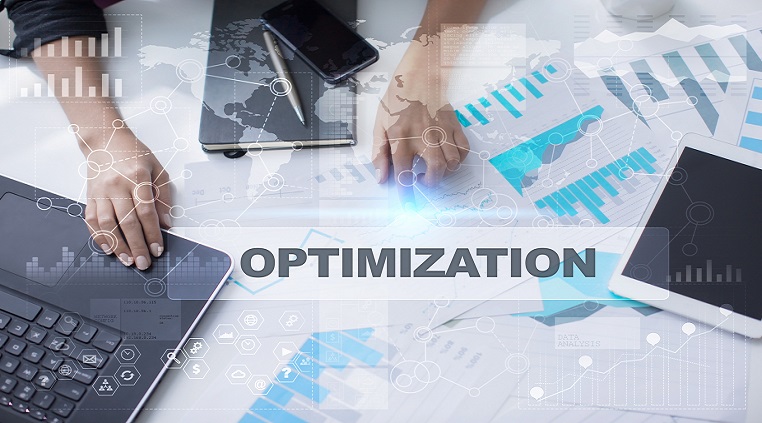
Our Services